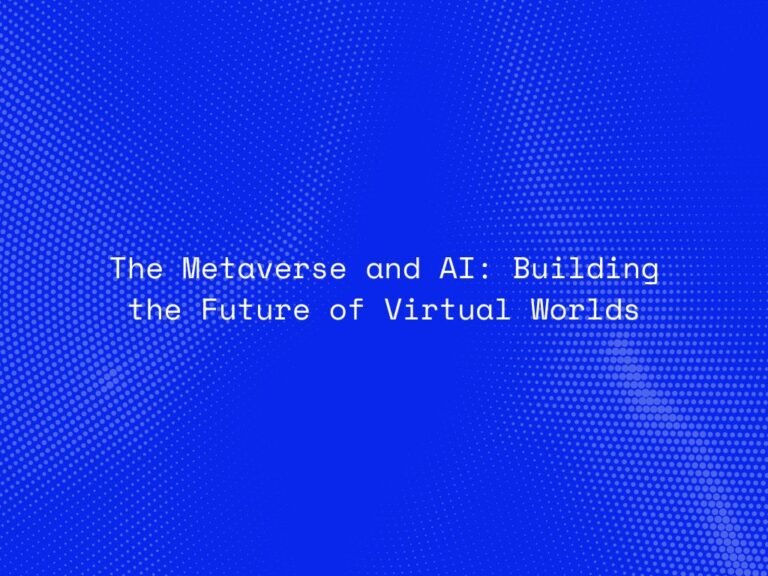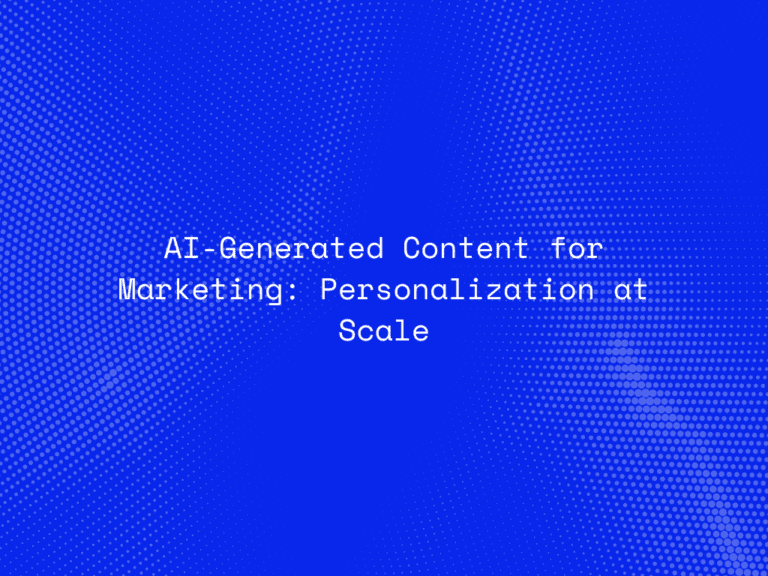As climate change intensifies and environmental regulations tighten, sustainability is no longer just a “nice to have”—it’s a business imperative. Companies worldwide are under increasing pressure to reduce their carbon footprint, improve operational efficiency, and adopt greener practices.
Enter Artificial Intelligence (AI)—a powerful tool that is helping organizations meet their sustainability goals by making operations smarter, faster, and more efficient.
The Intersection of AI and Sustainability
AI’s core capabilities—data analysis, pattern recognition, automation, and prediction—make it a natural fit for solving some of the biggest environmental challenges. From optimizing energy use in factories to managing waste across cities, AI is turning sustainability ambitions into measurable results.
Key Areas Where AI Drives Sustainability:
-
Energy Efficiency
-
Supply Chain Optimization
-
Smart Waste Management
-
Climate Prediction and Risk Management
-
Sustainable Product Design
-
Green Infrastructure and Smart Cities
1. Energy Efficiency Through Smart Monitoring
AI helps reduce energy consumption by:
-
Analyzing real-time usage data to identify inefficiencies.
-
Controlling HVAC and lighting systems based on occupancy and weather.
-
Predicting peak load times to optimize grid usage.
Example: Google reduced the energy used for cooling its data centers by 40% using DeepMind’s AI-powered optimization.
2. Greening the Supply Chain
AI enables sustainable supply chains by:
-
Forecasting demand accurately, reducing overproduction and waste.
-
Optimizing delivery routes, cutting down fuel consumption.
-
Tracking carbon emissions across vendors and logistics.
Example: Maersk uses AI to optimize shipping routes, resulting in significant fuel savings and lower CO₂ emissions.
3. Smarter Waste Management
Cities and enterprises are using AI for:
-
Image recognition to sort waste automatically.
-
Route optimization for garbage trucks to save fuel.
-
Predictive analytics to anticipate waste volumes and plan collection.
Example: Smart bins with AI sensors in South Korea notify authorities when full, reducing unnecessary truck runs.
4. Climate Prediction and Environmental Risk Management
AI can process massive datasets to:
-
Model weather patterns and simulate climate risks.
-
Predict natural disasters like floods or wildfires.
-
Assist governments in disaster planning and response.
Example: IBM’s Green Horizon project uses AI to forecast air pollution and suggest reduction strategies in urban areas.
5. Sustainable Product and Material Innovation
AI helps R&D teams design more sustainable products by:
-
Simulating material performance without physical prototypes.
-
Discovering alternatives to environmentally harmful substances.
-
Optimizing packaging to reduce waste.
Example: Autodesk’s generative design AI reduces material use while maintaining structural integrity in manufacturing.
6. Enabling Smart Cities and Infrastructure
Smart cities leverage AI for:
-
Energy-efficient transportation systems
-
Automated traffic management to reduce idle time and emissions
-
Water usage monitoring to prevent waste and leaks
Example: Barcelona’s smart water system uses AI to cut water consumption by 25% while ensuring optimal pressure and quality.

Benefits of AI-Driven Sustainability
-
Lower operational costs
-
Energy and resource efficiency
-
Better data-driven decision-making
-
Improved environmental compliance
-
Positive brand image and ESG alignment
Challenges and Considerations
While AI offers immense potential, challenges remain:
-
Data quality and availability: Accurate models need reliable inputs.
-
Ethical AI use: Transparency and fairness must be maintained.
-
Implementation costs: Small businesses may face budget constraints.
-
Regulatory landscape: Staying compliant as sustainability laws evolve.
Conclusion: Building a Greener Future with AI
AI is transforming sustainability from a buzzword into a business strategy. By embedding intelligent systems into core operations, companies can:
-
Lower emissions,
-
Reduce waste,
-
Conserve energy, and
-
Achieve long-term environmental goals.
It’s not just about saving the planet—it’s also about future-proofing your business in an eco-conscious world.
The future of green business is smart. And the future of smart is AI.




